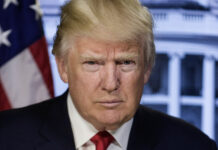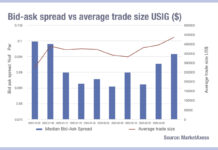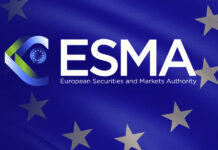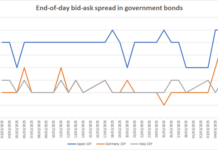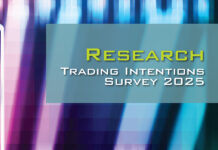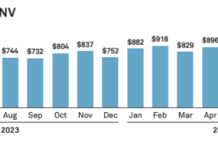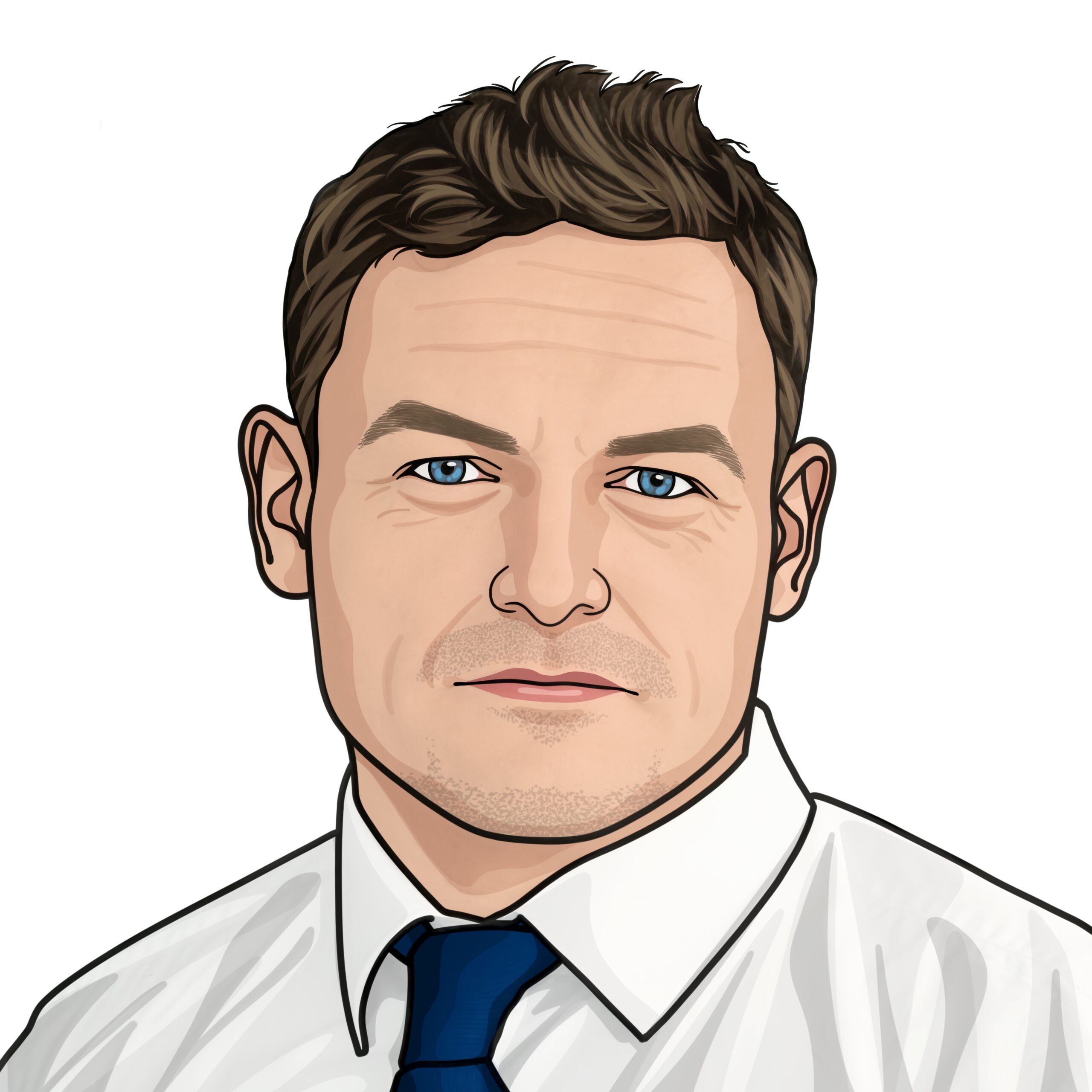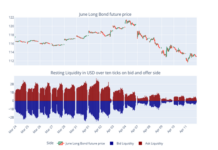The use of trade tariffs between the US and potentially Mexico, Canada, the European Union and certainly China, which had a 10% tariff imposed on Tuesday 4 February 2025, is likely to impact US inflation and therefore make rates cuts less certain.
“While the immediate worst case for markets may have passed, trade policy uncertainty remains high and, in our view, means the hurdle rate for Fed rate cuts has risen,” writes Michael Gapen, chief US economist at Morgan Stanley. “As a result, we remove our forecasted rate cut for March and leave only one 25bp rate cut this year at the June meeting. We also note our forecast for near-term inflation outcomes in the absence of tariffs is favourable and, if achieved, could mean the Fed cuts rates in May. Either way, we think the path to two cuts has closed for now, and we favour June action over May.”
The level of uncertainty around trade policy has been increased by the Trump administrations model of declaring high tariffs with a short launch window, and then delaying them as soon any negotiation begins, without declaring the promised retaliatory measures in the face of retaliatory tariffs from trade partners.
“Our prior outlook for two cuts in the first half of the year was based on 1) a “fast announcement/slow implementation” tariff policy, and 2) a preference for tariffs on trade with China over other trading partners,” Gapen writes. “These assumptions left room for inflation to decelerate through mid-year without much trade policy uncertainty, providing a pathway for the Fed to cut its policy rate by 25bp in March and June. We still think these views are the right ones, but we are not as confident regarding slow implementation as we were before.”
Asked on 29 January 2025 if the US Federal Reserve was likely to change monetary policy manage result of trade tariffs, Jerome Powell, chair of the Board of Governors of the Federal Reserve System expressed clear uncertainty, and awareness of the complexity regarding such a question.
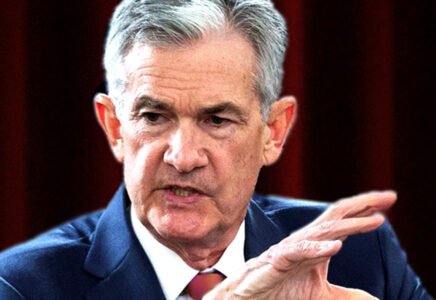
“We don’t know what’s going to be tariff, we don’t know for how long or how much, what countries, we don’t know about retaliation, we don’t know how it’s going to transmit through the economy to consumers,” he said. “That really does remain to be seen. There are lots of places where that price increase from the tariff can show up between the manufacturer and a consumer. Just so many variables. So, we’re just going to have to wait and see. The best we can do is what we’ve done, which is study up on this and look at historical experience, read the literature, and think about the factors that might matter, and then we’ll just have to see how it goes.”
Responding to the announcement and then delay of the tariffs, Gapen observed that the “on-again-off-again” tariff model seemed likely to amplifying concerns expressed by the Fed in December about inflation uncertainty.
“That uncertainty and upside risk have arrived more quickly than we anticipated,” he wrote.
©Markets Media Europe 2025

